A swimming cap is an essential accessory for every swimmer, whether you are a beginner or a seasoned athlete. It not only enhances performance but also protects your hair and keeps it out of your face. This guide delves into the various types of swimming caps, their benefits, how to choose the right one, and tips for maintaining them, ensuring you make an informed decision for your swimming needs.
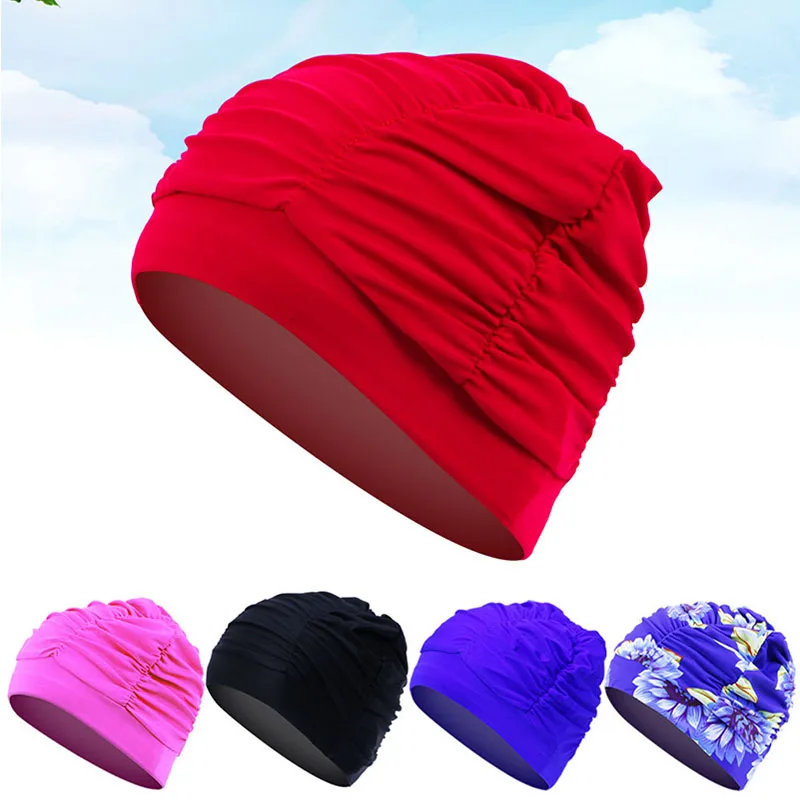 Overview of Caps
Overview of Caps
Swimming caps are essential accessories for swimmers of all levels. They serve multiple purposes such as protecting hair, maintaining pool hygiene, and improving swim speed. With a variety of materials and designs, swimming caps cater to different needs and preferences. Understanding their history and the materials used can help in choosing the right one.
History and Evolution of Swimming Caps
Swimming caps have evolved significantly over time. In the early 20th century, they were made from rubber and primarily used by competitive swimmers. By the mid-1900s, latex became the standard material, offering better stretch and fit. Silicone caps later emerged, providing durability and comfort. In recent years, Lycra and neoprene caps were introduced for added versatility. This evolution reflects the growing importance of swimming caps in performance and comfort.
Common Materials Used in Swimming Caps
Swimming caps come in various materials to meet different needs. Silicone caps are the most popular due to their durability, comfort, and adaptability to all head sizes. Latex caps are cheaper but less durable and prone to tearing. Lycra caps are soft and flexible, making them ideal for casual swimming. Neoprene caps provide warmth and are perfect for swimmers in cold water. Understanding material properties helps in selecting the right cap.
Benefits of Using a Cap
Swimming caps offer multiple advantages that make them essential for swimmers. From protecting your hair to enhancing your performance, their benefits are worth exploring. Below, we will discuss the key reasons why swimmers should use swimming caps.
Protection for Hair and Scalp
Swimming caps shield hair and scalp from harsh pool chemicals, such as chlorine. Chlorine can damage hair, causing dryness and breakage. Caps also protect dyed or treated hair from fading. By minimizing hair exposure to pool water, swimming caps can prevent scalp irritation. For swimmers with long hair, caps prevent tangling, keeping your hair neat and manageable.
Maintaining Hygiene in Swimming Pools
Wearing a swimming cap helps in maintaining pool cleanliness. Caps prevent hair from shedding into the water. Loose hair can clog pool filters or create unpleasant debris for other swimmers. With a cap, you ensure a cleaner and more hygienic swimming environment for everyone.
Enhancing Water Dynamics and Speed
Swimming caps reduce water drag, improving your swim speed and efficiency. They create a smooth surface, allowing the water to flow easily around your head. Competitive swimmers benefit from these dynamics, achieving faster lap times. Caps also hold hair in place, ensuring it does not create additional resistance or distractions while swimming.
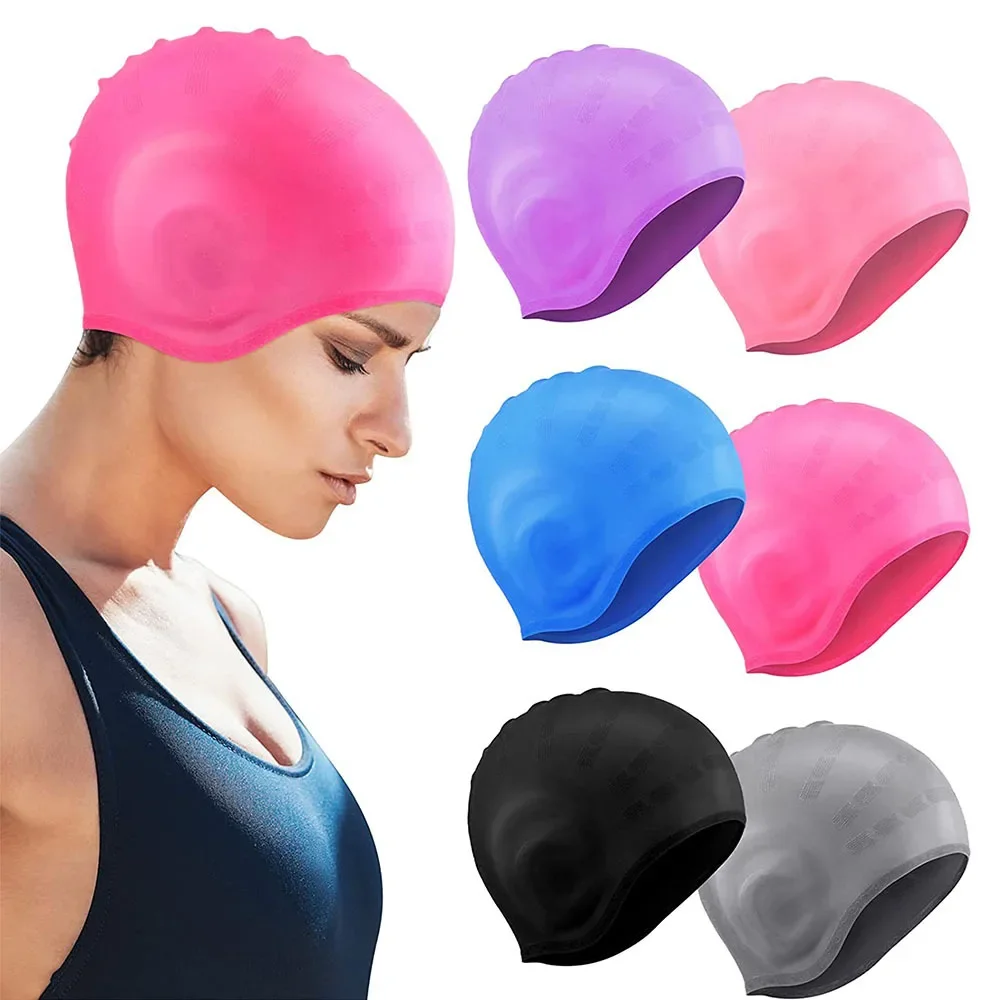 Different Types of Caps
Different Types of Caps
Swimming caps come in various types to suit different needs and preferences. Each type offers unique benefits for swimmers, whether they prioritize comfort, performance, or durability. Understanding these options can help in choosing the right cap.
Latex Swimming Caps
Latex swimming caps are lightweight and affordable. They provide a snug fit, making them popular among swimmers. However, they are less durable compared to other materials and prone to tearing with frequent use. Latex caps are ideal for casual swimmers looking for an economical option.
Silicone Swimming Caps
Silicone swimming caps are the most widely used due to their superior durability and comfort. They stretch easily and fit all head sizes effectively. Silicone caps are great for reducing water resistance, improving speed and performance. They are also gentle on hair, making them suitable for regular swimmers.
Lycra and Neoprene Swimming Caps
Lycra swimming caps are soft, flexible, and comfortable. They do not pull hair and are ideal for leisure swimming activities. Neoprene swimming caps, on the other hand, are designed for warmth. They are perfect for cold-water swimming and provide excellent insulation. Both types cater to specific needs, ensuring comfort and functionality.
Choosing the Right Cap
Selecting the right swimming cap is crucial for comfort, performance, and durability. Caps vary in design and material, catering to different needs. Key factors such as fit, activity type, and material choice should guide your decision. Here, we delve into the essential considerations and provide tailored recommendations based on swimming activities.
Key Factors to Consider
- Material: Material impacts comfort, durability, and usage. Silicone caps suit regular and competitive swimmers, while Lycra caps focus on comfort. Neoprene caps are best for cold-water swimming.
- Fit: Caps should fit snugly to prevent slipping and drag. Choose sizes that match your head shape.
- Purpose: Define your swimming goals. Competitive swimmers need caps that enhance speed, while leisure swimmers prioritize comfort.
- Hair Type: Long or treated hair may benefit from silicone caps that prevent pulling and reduce damage.
- Water Temperature: Neoprene caps work well in cold conditions, offering warmth and insulation.
- Budget: Balance cost with quality. Latex caps are economical but less durable, while silicone caps offer long-term value.
Recommendations Based on Activity Type
- Casual Swimming: Choose Lycra caps for comfort or latex caps for affordability.
- Competitive Swimming: Opt for silicone caps to reduce drag and improve performance.
- Cold-Water Swimming: Use neoprene caps for insulation and warmth.
- Children: Select soft, comfortable caps like Lycra or thinner silicone caps for ease of wear.
Understanding these aspects can help you pick the ideal swimming cap for your needs.
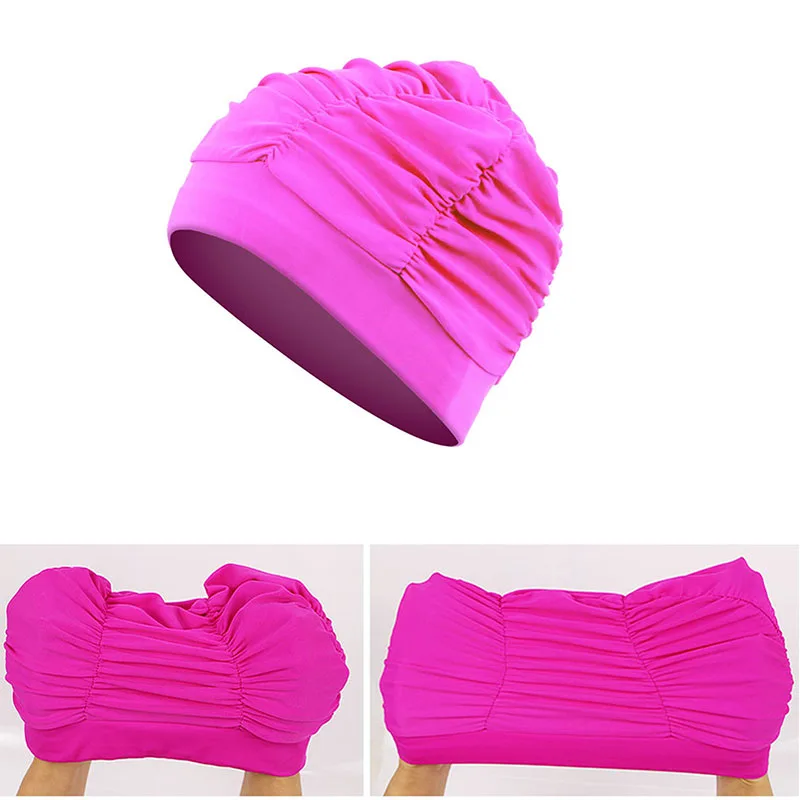 How to Wear and Care for a Cap
How to Wear and Care for a Cap
Proper handling of your swimming cap is essential for performance and durability. Learning the right techniques and maintenance tips can make it last longer and ensure comfort during use. Below are practical steps for wearing and caring for your swimming cap.
Proper Techniques for Wearing
- Prepare Your Hair: Wet your hair lightly before wearing the cap. This helps reduce friction.
- Stretch the Cap: Hold the cap with both hands and stretch it carefully to avoid tearing.
- Align the Cap: Place the front of the cap at your forehead and pull it over your head.
- Cover Your Ears: Adjust the cap to cover your ears while ensuring comfort.
- Secure Long Hair: Tuck long hair into the cap for a smoother fit and reduced drag.
- Avoid Sharp Objects: Remove rings or nails that might rip the cap when putting it on.
Tips for Cleaning and Maintenance
- Rinse After Use: Wash the cap with clean water after every swim to remove chlorine or salt.
- Dry Properly: Pat the cap dry with a towel and keep it away from sunlight.
- Use Gentle Cleaners: Avoid harsh chemicals. Use mild soap if necessary for deeper cleaning.
- Avoid Folding: Store the cap flat or lightly rolled to prevent material damage or creases.
- Inspect for Wear: Check for tears or frays regularly and replace the cap when needed.
- Keep Away from Heat: Don’t store the cap near heaters or hot surfaces to maintain its elasticity.
Correct wearing techniques ensure comfort and performance. Proper care prolongs the life of your swimming cap.
Environmental and Competitive Perspectives
Swimming caps play an essential role both environmentally and in competitive swimming. This section delves into how these caps contribute to sustainability and their importance in professional swimming.
Recyclability of Swimming Caps
Recyclability is a growing concern for swimming gear, including caps. Most swimming caps are made from materials like silicone, latex, or Lycra. While these materials are durable, not all are easily recyclable.
- Silicone Caps: Silicone can be recycled but requires specialized facilities. Its longevity, however, reduces frequent replacements.
- Latex Caps: Latex is biodegradable under the right conditions. However, they often end up in landfills.
- Lycra Caps: Lycra is synthetic and not typically recyclable. It poses challenges in waste management.
To reduce waste, some brands now create eco-friendly caps from recycled materials. Swimmers can also explore recycling programs for old swimming gear. Proper disposal ensures minimal environmental impact.
Importance in Competitive Swimming Events
Swimming caps are crucial for competitive swimmers. They improve performance and enhance hydrodynamics by reducing water resistance. Key benefits include:
- Speed Enhancement: Caps create a smooth surface, letting swimmers glide efficiently through water.
- Reduced Drag: Tamed hair prevents unnecessary drag, helping swimmers maintain optimal speed.
- Uniform Standard: Competitive events mandate caps for uniformity and professionalism.
High-performance caps, often made of silicone, are crafted for maximum speed and comfort. Some are even designed for specific head shapes, ensuring a snug fit. Caps also showcase swimmer affiliations, promoting team spirit and identity.
By acknowledging environmental impact and performance needs, swimmers can responsibly use and maintain their swimming caps.
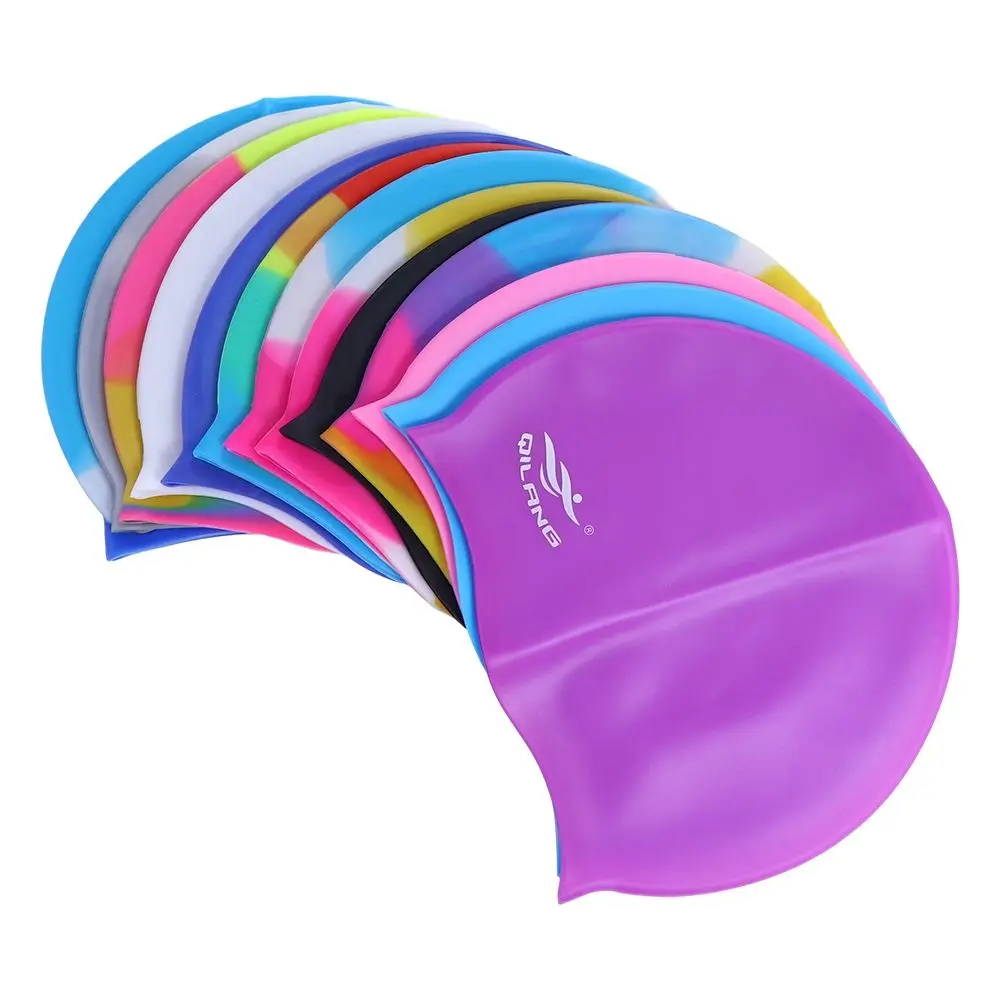 Enhancing Your Swimming Experience with the Right Cap
Enhancing Your Swimming Experience with the Right Cap
A suitable swimming cap can significantly enhance your overall swimming experience. By choosing the right type, ensuring a proper fit, and maintaining it well, you can enjoy a more efficient and enjoyable time in the water.
Improving Performance
A well-fitted swimming cap reduces drag and streamlines your body, allowing you to swim faster and more efficiently. This can lead to better performance in competitive events and more effective workouts during training sessions.
Protecting Your Hair
Chlorine and other pool chemicals can damage your hair over time. Wearing a swimming cap minimizes exposure to these elements, helping to maintain healthy hair and reduce the need for extensive hair care routines after swimming.
Increasing Visibility
Brightly colored or patterned caps enhance your visibility in the water, which is especially important in crowded pools or open-water settings. Increased visibility improves safety and makes it easier for coaches and fellow swimmers to spot you.
Boosting Confidence
Wearing a swimming cap can boost your confidence by ensuring your hair stays in place and reducing distractions while swimming. Feeling comfortable and secure in the water allows you to focus more on your technique and performance.
Frequently Asked Questions (FAQ)
What is a swimming cap made of?
Swimming caps are typically made from silicone, latex, or Lycra/spandex. Each material offers different benefits, such as durability, comfort, and ease of use.
How do I choose the right size swimming cap?
To choose the right size, measure the circumference of your head and refer to the sizing chart provided by the manufacturer. Ensure the cap fits snugly without causing discomfort.
Can I swim without a swimming
Cap?
Yes, you can swim without a swimming cap, but wearing one offers several advantages, including reduced drag, hair protection, and increased visibility. Caps also help keep hair out of your face, improving your swimming experience.
How long does a swimming cap last?
The lifespan of a swimming cap depends on the material and frequency of use. Silicone caps tend to last longer, often up to a year with regular use, while latex and Lycra caps may need replacement every few months.
Are there different styles of swimming caps?
Yes, there are various styles, including tight-fit caps, loose-fit caps, caps with ties, and caps with straps. Each style caters to different preferences and swimming needs.
Can swimming caps cause headaches?
Wearing a swimming cap that is too tight can cause discomfort or headaches. It is essential to choose a cap that fits snugly but not too tightly, ensuring comfort during swimming.
Do swimming caps make you faster?
Swimming caps can improve your speed by reducing drag and streamlining your body in the water. This allows for more efficient movements and can enhance overall performance.
How do I prevent my swimming cap from slipping off?
To prevent slipping, ensure you choose the right size and material for your head. Apply a small amount of silicone-based water repellent or use a cap with a snug fit, such as one with adjustable ties.
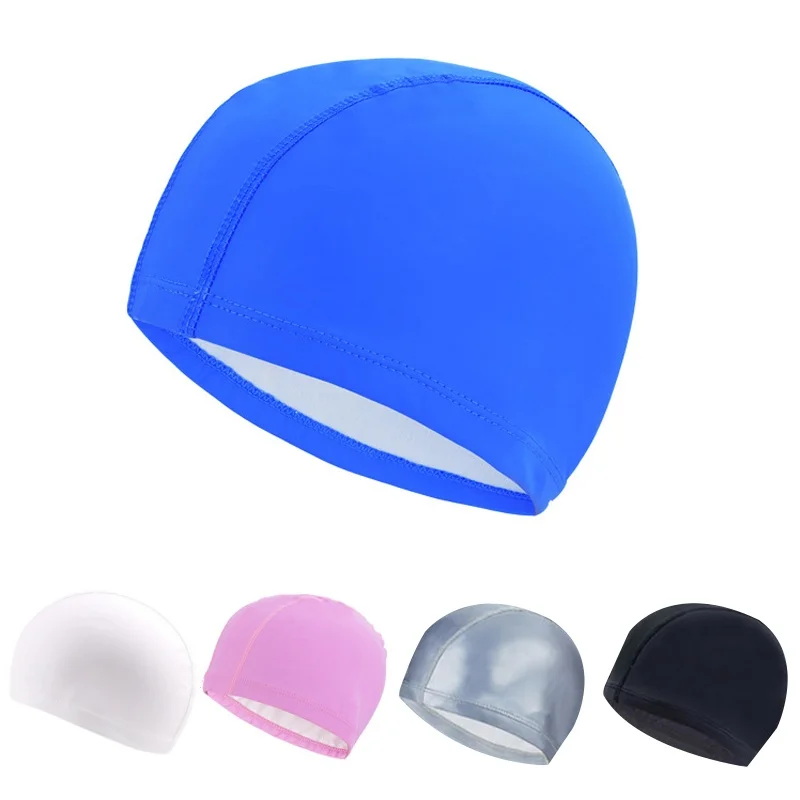 Conclusion
Conclusion
A swimming cap is more than just a simple accessory; it plays a pivotal role in enhancing your swimming performance, protecting your hair, and providing overall comfort in the water. By understanding the different types of caps, their benefits, and how to choose the right one, you can significantly improve your swimming experience. Whether you are a competitive swimmer aiming for better performance or a casual swimmer seeking comfort and protection, investing in a high-quality swimming cap is a wise decision. Remember to maintain your cap properly to extend its lifespan and ensure it continues to serve its purpose effectively. Embrace the advantages of a well-fitted swimming cap and enjoy a smoother, more efficient swim every time you take to the water.